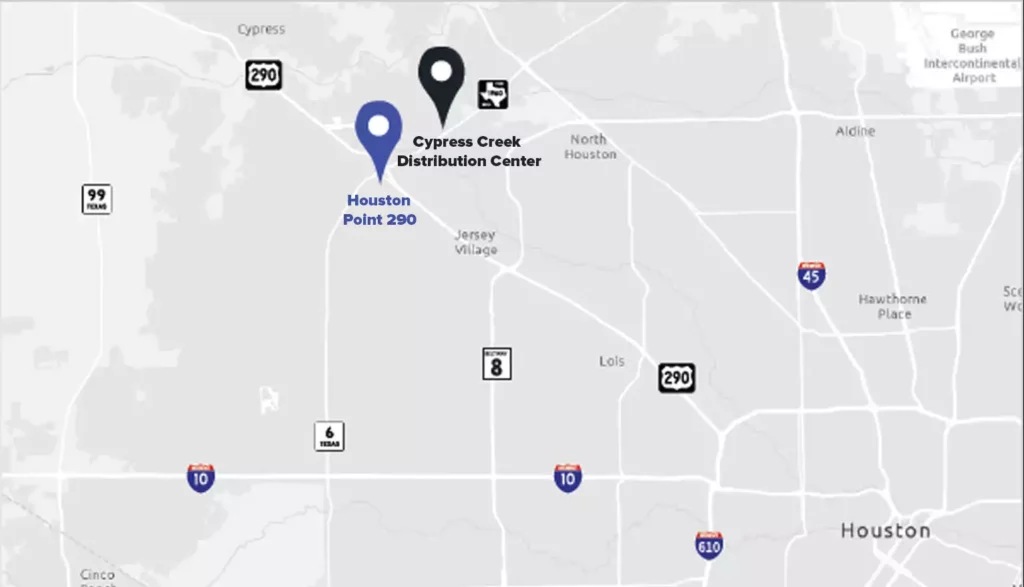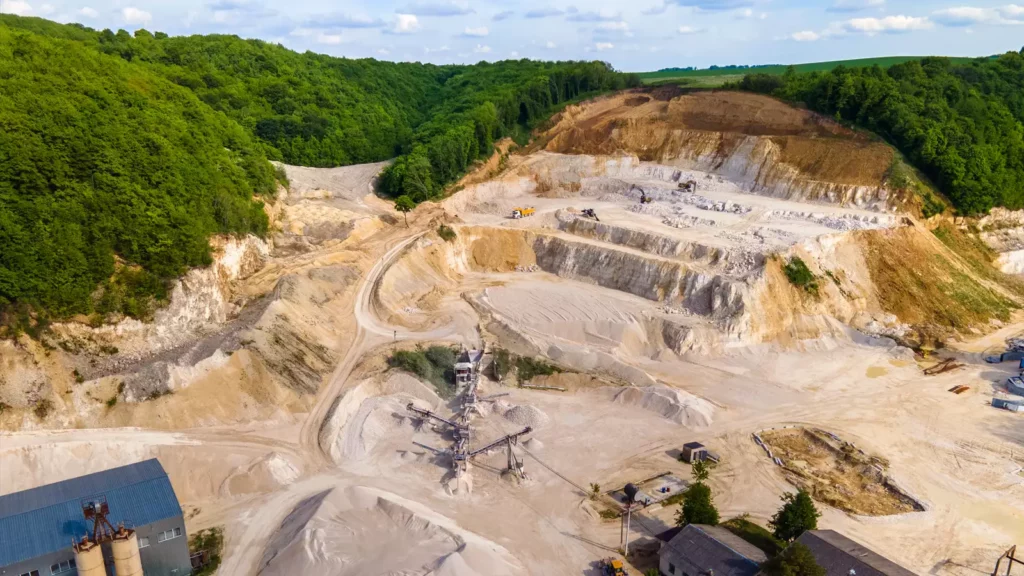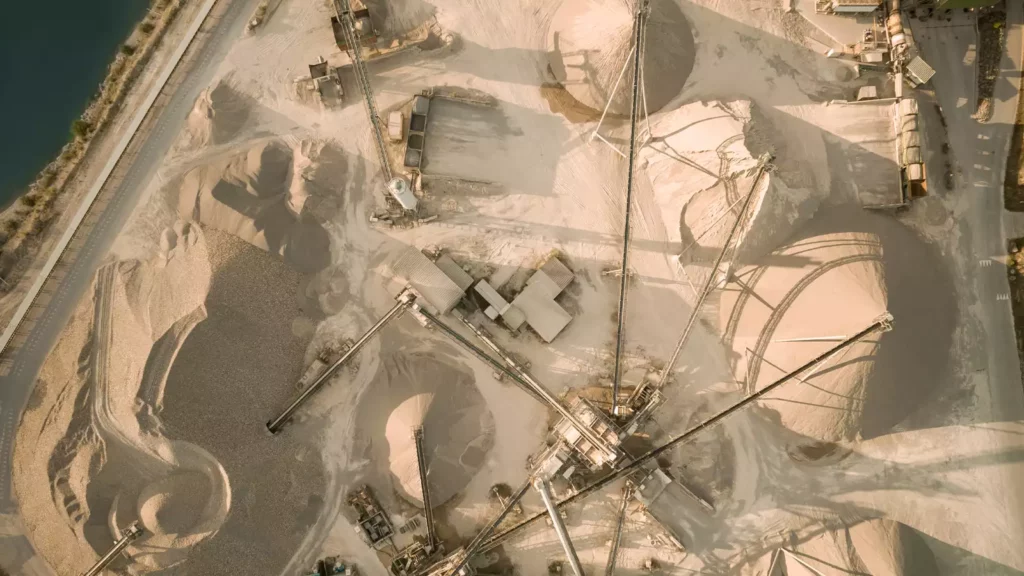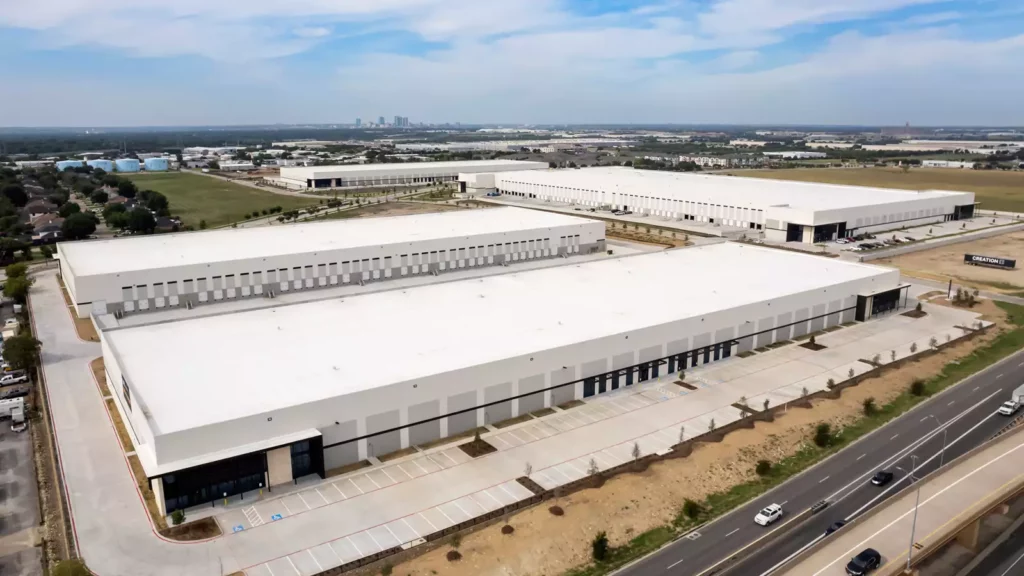Since the pandemic hit, the only thing constant in the construction industry has been volatility. We went from a total shut down to demand being almost off the charts for a number of sectors, and now, with soaring inflation and the Fed raising interest rates, we are back to a period of uncertainty.
Just when it appeared that there was light at the end of the tunnel, general contractors are forced to deal with even more adversity. The current situation, which has some believing that we are headed for recession, is causing certain construction projects to be put on hold. Developers are not willing to take the risk of paying more for these projects and are opting to wait it out.
When we enter times of economic uncertainty, it’s common to focus on these types of stories. It’s easy to get swept up and in the “doom and gloom” of the situation as they often dominate the headlines. However, while it is true that projects are being paused, there are still plenty of them that are moving forward.
The construction projects that are continuing to see green lights are moving forward because the developers simply see some advantage in proceeding. Simply put, these projects are still profitable and that is often credited to how they are going to be built. A true design builder is the most cost-efficient solution for developers who are hoping to push through projects in these uncertain times.
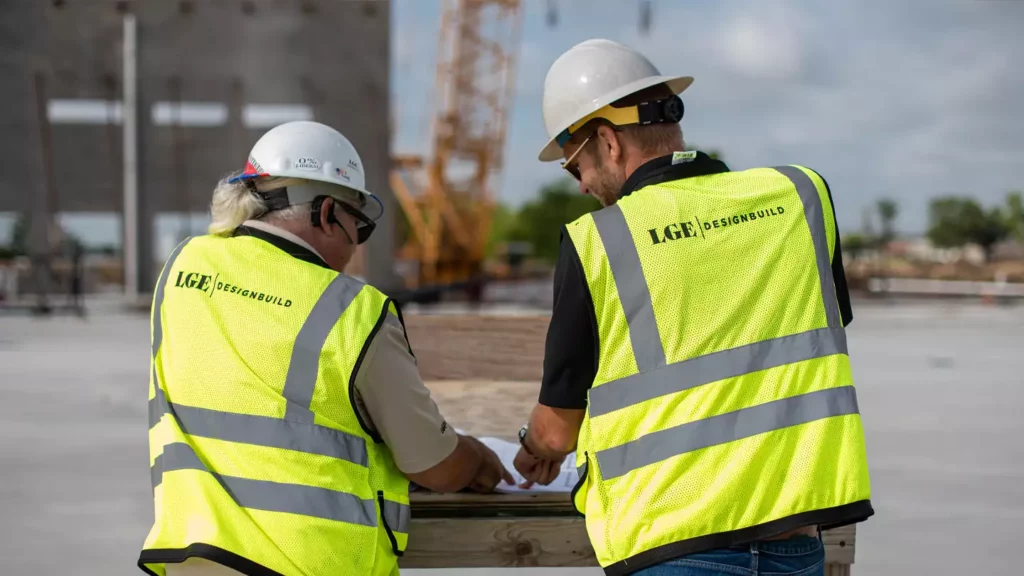
SAVES TIME ON CONSTRUCTION
One of the biggest benefits of working with a true design-build firm is that it is going to save time. Having all the players on a project under one roof creates a symmetry that directly translates into efficiency. Interaction between the architects and the engineers becomes seamless, as does the eventual hand off to construction.
During a time when interest rates are skyrocketing, along with indications that the Fed is planning to raise them even more, time is certainly of the essence. Developers have more confidence working with a true design-build firm who can get their project across the finish line with more haste.
THE MOST COST-EFFECTIVE SOLUTION
Aside from the savings a developer sees from an accelerated timeline associated with working with a design-build firm, costs are mitigated in other ways. Projects can be value engineered form the very beginning to ensure money is saved at every turn. The entire budget for a project is coming from one source when you work with a true design-build firm, and those teams will work in tandem to ensure the client gets the most wants out of their project without breaking their budget.
Architects will work hand-in-hand with the engineers and the construction team to find solutions that are cost-effective for the project. This is not always the case for the design-bid-build process where the architects often have no interaction with the general contractor, who begins to touch the project only after it has been designed.

RESPONSIBILITY FOR THE CONSTRUCTION PROJECT
When the architecture for the project is handled by a separate entity than the one that handles construction, problems can arise. When this occurs, the developer can find themselves in a situation where each of the firms they are working with are trying to assess blame to the other. Not only could this delay the project even more, it could turn into added costs that were not budgeted in from the start.
This is such a common issue that the AIA even released a report that outlines how architecture firms and general contractors can work together in a way that is more beneficial for the client. What they detail are pain points that are solved by merely bringing these two teams under one roof, like you find at a design-build firm.
STREAMLINE BILLING AND BUDGETING
Another advantage to dealing with a design-build firm is that all of the charges are coming from one place. This allows for careful oversight, which means there is a better chance the project comes out on or even under budget.


